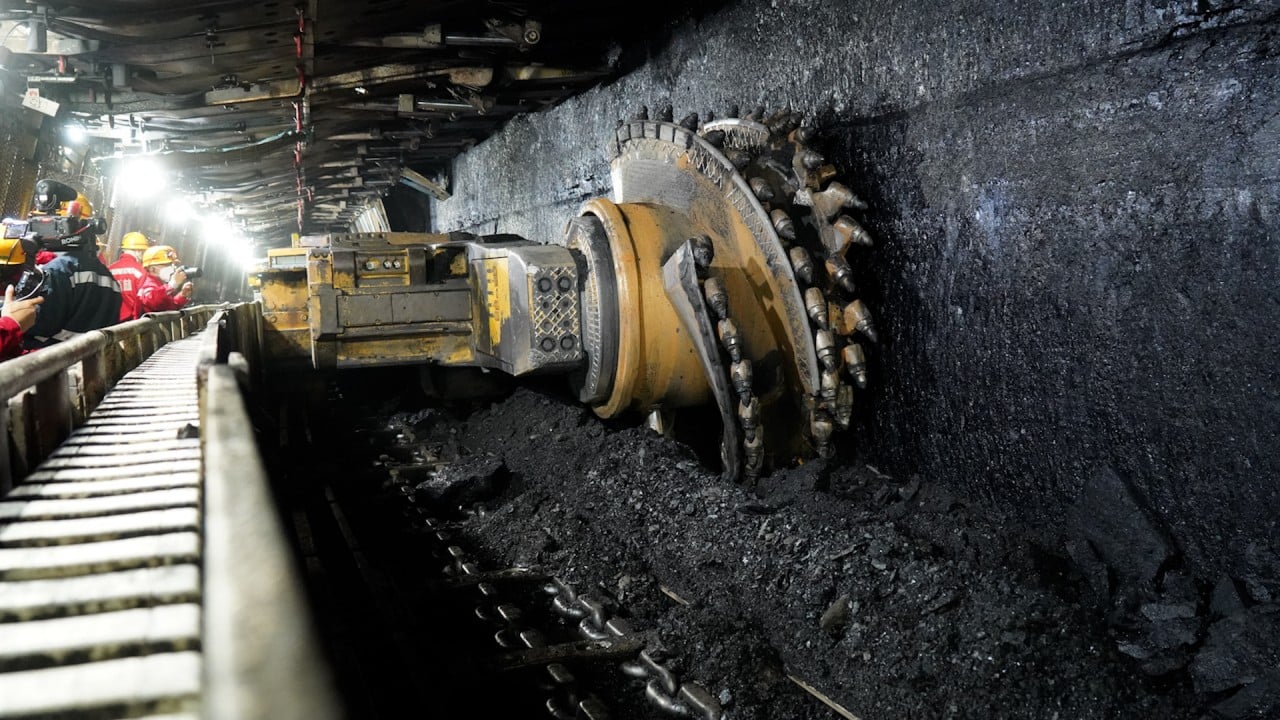
What AI development might look like in China’s socialist system
- There has been much discussion of the US-China technological race, but little around how AI might evolve under China’s economic system
- What would the model be in an AI-empowered world where the technology itself becomes a production resource?
In its position paper on AI governance, the government said, “China is committed to building a community with a shared future for mankind in the domain of AI, advocating a people-centred approach and the principle of AI for good”.
There has been no shortage of discussion around the US-China technological race – but little around how AI might develop and evolve under China’s unique economic system.
Under China’s socialist system, there is a social contract between the government and its people whereby the government is responsible for controlling and providing production resources, while individuals and businesses use these resources to earn a living, and in return pay taxes.
Throughout China’s economic transformation, the government has maintained control over the production resources, such as the critical infrastructure of energy, telecommunications, shipping and rail, through state-owned enterprises (SOEs). This ensured the government could generate a profit and reinvest in national development. Despite market reforms and the integration of capitalism, China’s social contract remains intact.
What would the model be in an AI-empowered world where the technology itself becomes a production resource?
When it comes to AI research, rather than providing incentives or subsidies to the private sector as seen in Western countries, the Chinese government is focused on developing AI technologies through a network of regional, government-sponsored AI laboratories. This opens up the possibility that such labs could one day become SOEs, with the AI models they produce becoming national production resources.
As a result, we may see people encouraged to work in the primary and secondary production sectors. However, rather than a large number of young people becoming farmers and factory workers, it is more likely that they will be trained to build, operate and maintain robots and AI platforms to serve these sectors. The government is already promoting vocational education that teaches students how to operate AI-enabled robots – thus turning blue-collar jobs into “new collar” jobs.
How China’s jobless youth were raised to have unrealistic expectations
This begs the question of whether economic policies, such as a universal basic income, funded by a dividend extracted from increased productivity from AI, could be introduced to maintain people’s standard of living in the distant future.
Simon S.H. Chan is the head of technology of the Greater Bay Area at Edelman. He is based in Hong Kong



